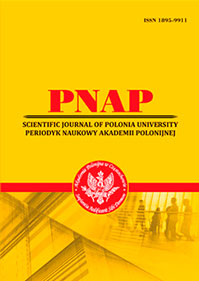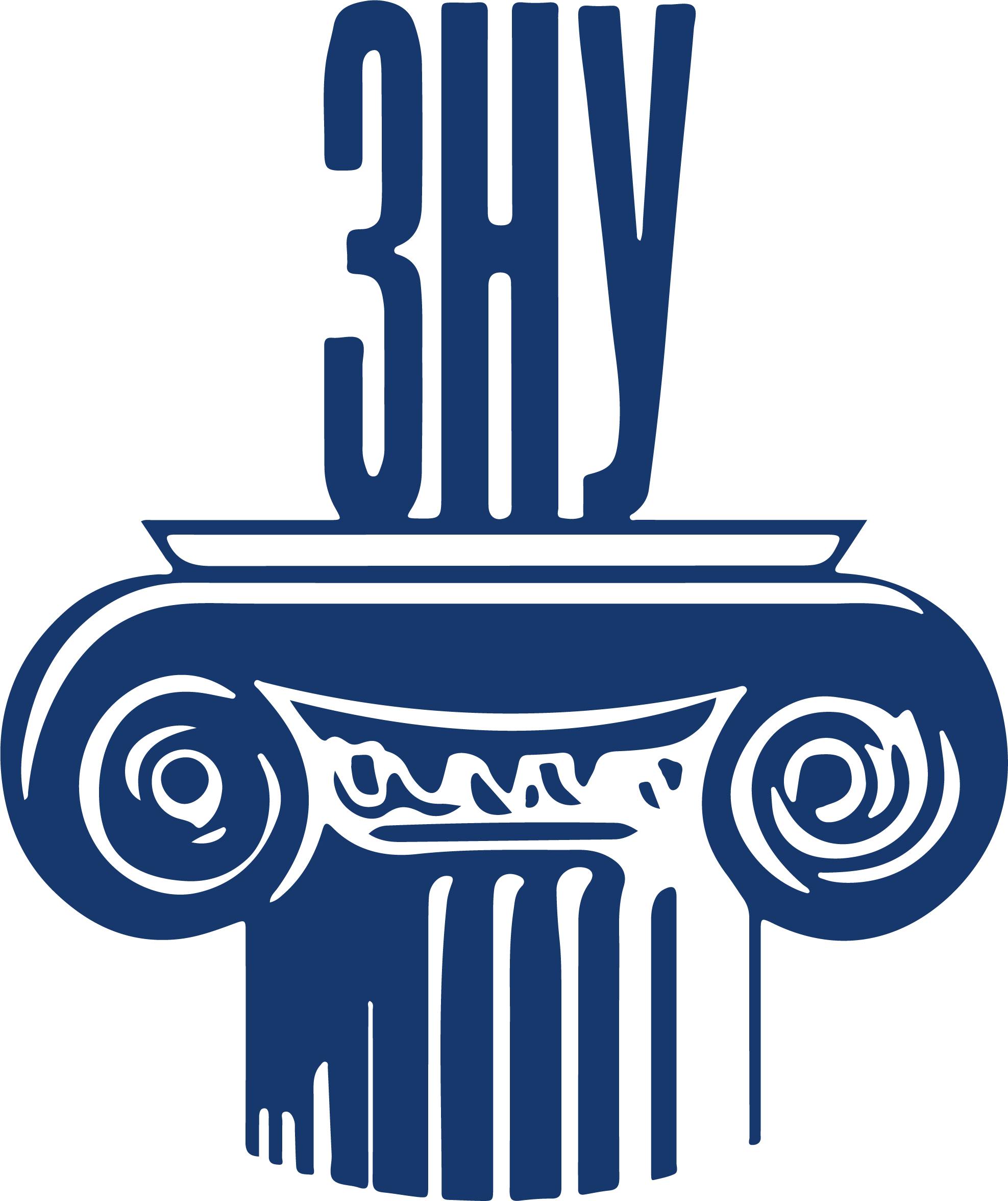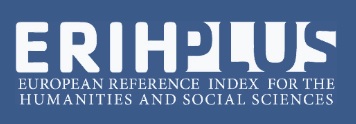ARTIFICIAL INTELLIGENCE IN TRANSCULTURAL LANGUAGE EDUCATION: ENHANCING THE LINGUISTIC COMPETENCE AND CREATIVITY OF FUTURE FOREIGN LANGUAGE TEACHERS
Abstract
This study explores the transformative role of Artificial Intelligence (AI) in transcultural language education, focusing on future foreign language educators and learners. Employing a qualitative, descriptive, and evaluative methodology through a case study of the hybrid-format course “Transcultural Project-Based Learning: Multilingualism through the Arts” was developed in connection with the BLABL.ART eTwinning project (Enhancing Multilingual Skills Through Performing Arts BLABL.ART | European School Education Platform) and offered to students in Germany and Ukraine. It highlights AI’s potential to maintain international educational connectivity amidst challenging circumstances. The primary goal is to enhance linguistic competence, intercultural awareness, and creative expression, advocating a critically informed, responsible AI approach.AI significantly contributes to linguistic competence by acting as a conversational language partner for personalised learning, instant feedback, and interactive dialogue, crucial for fluency. It fosters creative expression via AI-generated prompts for visual creativity, enabling the reconstruction of human history for narrative and vocabulary development, and facilitating visual production with Plutchik’s Wheel of Emotions to describe emotional depth. AI also enhances accessibility and quick idea generation.However, challenges include limited inclusivity due to cost and access, potentially exacerbating educational inequalities. Ethical concerns arise regarding originality and authorship, with debates on whether AI “reduces human creativity” or is “a threat or a new tool”. Historical accuracy and cultural representation require critical awareness of AI biases, with effectiveness highly dependent on quality prompt design. Educators need high pedagogical competencies to evaluate AI outputs and foster responsible use.In conclusion, while AI offers profound opportunities for language education, its implementation necessitates careful ethical and pedagogical consideration.AI should augment and diversify teaching, empowering future foreign language teachers as global mediators through critical thinking, original creativity, and inclusive access.
References
2. Eisenmann, M. (2018). If Music Be the Food of Love, play on... In E. Thaler (Ed.), Singer-songwriters – Music and poetry in language teaching, Francke UTB, pp. 83–98.
3. Eisenmann, M. (2021). Differentiation through digital teaching and learning. In C. Lütge & T. Merse (Eds.), Digital teaching and learning: Perspectives for English language education. Narr Studienbücher, pp. 103–123.
4. Emerson, N. (2024). AI-enhanced collaborative story writing in the EFL classroom. Technology in Language Teaching & Learning, vol. 6 (3), p. 1764. https://doi.org/10.29140/tltl.v6n3.1764.
5. Erişti, S.D.B., & Freedman, K. (2024). Integrating Digital Technologies and AI in Art Education: Pedagogical Competencies and the Evolution of Digital Visual Culture. Participatory Educational Research, vol. 11, pp. 57–79. https://doi.org/10.17275/per.24.94.11.6.
6. European School Education Platform. (n.d.). BLABL.ART TwinSpace. eTwinning. Retrieved from: https://school-education.ec.europa.eu/en/etwinning/projects/blablart/twinspace.
7. Habib, S., Vogel, T., & Thorne, E. (2025). Student Perspectives on Creative Pedagogy: Considerations for the Age of AI. Thinking Skills and Creativity, vol. 56. https://doi.org/10.1016/j.tsc.2025.101767.
8. Han, B., Nawaz, S., Buchanan G., Mckay, D. (2023). Ethical and Pedagogical Impacts of AI in Education. In Artificial Intelligence in Education. https://doi.org/10.1007/978-3-031-36272-9_54.
9. Heaton, R., Hong Low, J., & Chen, V. (2024). AI art education – artificial or intelligent? Transformative pedagogic reflections from three art educators in Singapore. Pedagogies: An International Journal, vol. 19 (4), pp. 647–659. https://doi.org/10.1080/1554480X.2024.2395260
10. Hutson, J. (2024). Integrating art and AI: Evaluating the educational impact of AI tools in digital art history learning. Faculty Scholarship, pp. 578. Retrieved from: https://digitalcommons. lindenwood.edu/faculty-research-papers/578.
11. Lazebna, N. (2021). English Language as Mediator of Human-Machine Communication: monograph. Mysore, India: PhDians along with Ambishpere; Academic and Medical Publishers, Royal Book Publishing, 571 pp.
12. Lazebna, N., & Lut, K. (2025). Hybrid Har- bors: Immersive Learning Spaces for Unsafe Regions. eLmL 2025: The Seventeenth International Conference on Mobile, Hybrid, and On-line Learning. ThinkMind Digital Library, pp. 1–6. ISBN: 978-1-68558-271-5. * eLmL Best Paper Award 2025 der IARIA.
13. Leonard, N. (2021). Emerging Artificial Intelligence, Art, and Pedagogy: Exploring Discussions of Creative Algorithms and Machines for Art Education. Digital Culture & Education, vol. 13 (1). Retrieved from: https://www.digi- talcultureandeducation.com/volume-13-papers/leonard-2021.
14. Lively, J., & Hutson, J. (2025). Enhancing Digital Pedagogy and Creativity: Generative AI, Video Avatars, and Personalized Learning in Online Education. In Human-Computer Creativity, Springer, Cham, pp. 99–113. https://doi.org/10.1007/978-3-031-86551-0_6.
15. Macías, M. A. (2025). An Inclusive Approach to Learning English: AI-Generated Songs with Visual Supports. Retrieved from: http://hdl.handle.net/10045/155049.
16. Park, Y.S. (2023). Creative and critical entanglements with AI in art education. Studies in Art Education, vol. 64 (4), pp. 406–425. https://doi.org/10.1080/00393541.2023.2255084.
17. Plutchik’s Wheel of Emotions. (2025). Exploring the Feelings Wheel and How to Use It. Retrieved from: https://www.6seconds.org/2025/02/06/plutchik-wheel-emotions/.
18. Rudnik, Y. (2024). The Use of Artificial Intelligence Chatbots in Teaching Foreign Languages as an Innovative Interactive Technology. Educological Discourse, vol. 45 (2). https://doi.org/10.28925/2312-5829.2024.2.2.
19. Saidkodirovna, S.D. (2025). Artificial Intelligence and Creativity: A Threat or A New Tool for Foreign Language Teachers. Current Research Journal of Philological Sciences, vol. 6 (04), pp. 4–8. https://doi.org/10.1007/978-3-031-24869-6_7.
20. The Million Painter. (2025). AI vs. Art: Who’s the Real Artist? [Video]. Retrieved from: https://www.youtube.com/watch?v=3MDaoh68kSc.
21. Torres, A.J., Alberto, J.M.C., Guieb, A.P.J., Paray, A.D., & Villarama, J.A. (2025). Language, identity, and ethics in AI-Driven art: Perspectives from Human Artists in Digital Environments. Language, Technology, and Social Media, vol. 3 (1), pp. 17–29. Retrieved from: https://journal.wiseedu.co.id/index.php/ltsmjournal.
22. Tran, T.T., & Nguyen, T.B. (2025). AI-infused visual pedagogy: Enhancing EFL instruction with tailored image generation and academic insights. In AI Applications for English Language Learning. IGI Global Scientific Publishing, pp. 179–194. https://doi.org/10.4018/979-8-3693-9077-1.ch008.
23. University of Würzburg. (n.d.). BLABL.ART – English Teaching Methodology. Neuphilologisches Institut Anglistik/Amerikanistik. Retrieved from: https://www.neuphil.uni-wuerzburg.de/en/anglistik/academic-divisions/fachdidaktik-moderne-fremdsprachen-tefl/cooperations/blablart/.
24. Vear, C., & Poltronieri, F. (2022). The language of creative AI. Springer Cham, 276 p. https://doi.org/10.1007/978-3-031-10960-7.

This work is licensed under a Creative Commons Attribution 4.0 International License.
 ISSN
ISSN 


.png)




